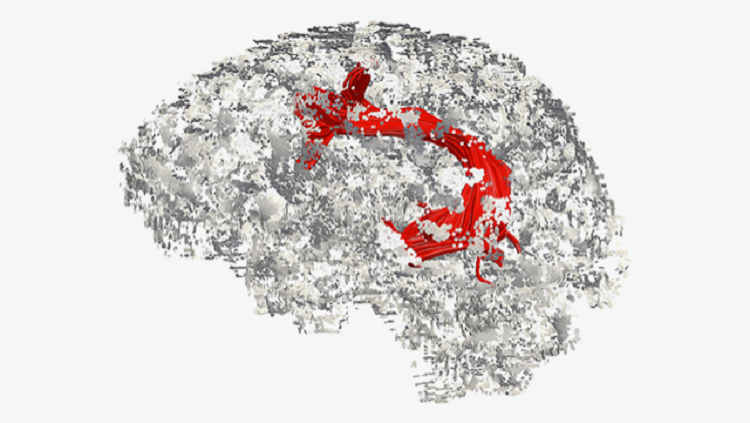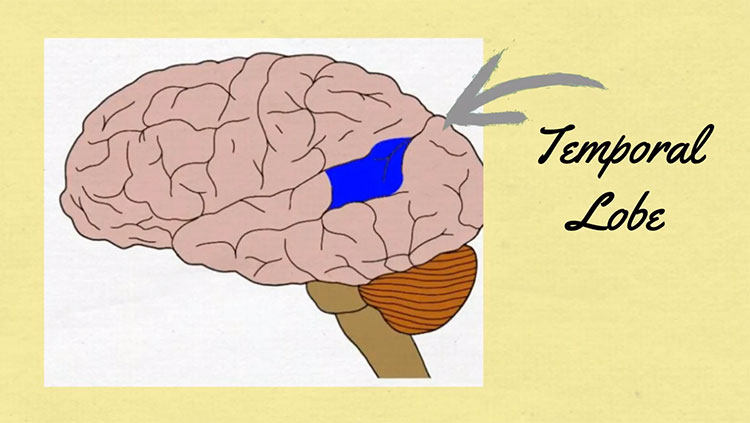June is Aphasia Awareness Month. Approximately 2 million Americans struggle with this neurological disorder that affects language production. Yet 84.5% of Americans have never heard of this condition.
Aphasia is caused by damage to areas of the brain that are responsible for language. It is commonly seen in adults who have suffered a stroke, infection, head injury, a brain tumor, or dementia.
The three common types of aphasia are Broca's aphasia, Wernicke's aphasia, and global aphasia.
Broca’s aphasia — also known as motor aphasia — occurs after a stroke disrupts the flow of blood that supplies Broca’s area, located in the frontal lobe of the brain. This type of aphasia prevents a person from forming words or sentences.
Wernicke’s aphasia affects the region of the brain responsible for language comprehension in the temporal lobe. Those with Wernicke’s aphasia create sentences with words in random order; their listeners can’t comprehend what is being said.
Global aphasia results from damage to both the Broca’s and Wernicke’s language regions. People with global aphasia can neither understand speech nor speak at all.
In this roundup, select the icons in the image below to learn more about aphasia.
CONTENT PROVIDED BY
BrainFacts/SfN



















